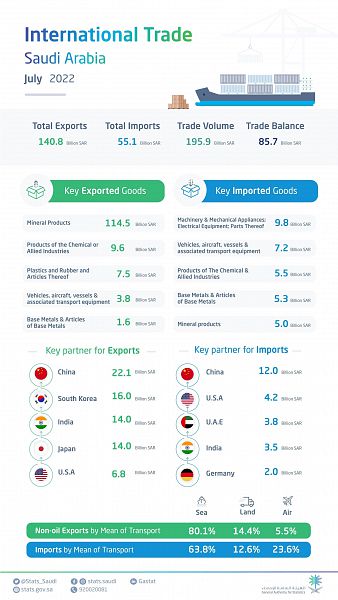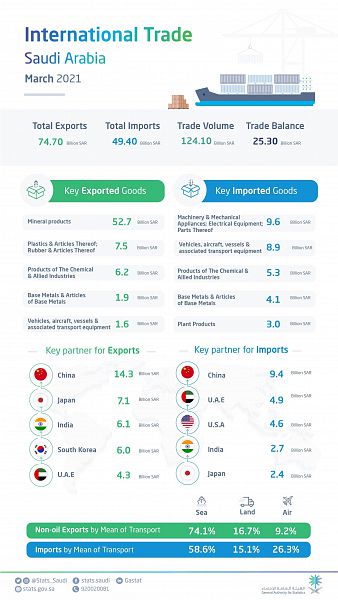
Crude exports fall as low as 100,000 bpd
US aims to cut Iranian exports to zero
LONDON: Iranian oil exports have dropped in July to as low as 100,000 barrels per day (bpd) due to sanctions and rising tension with the United States and Britain, according to an industry source and tanker data, deepening global supply losses.
The United States reimposed sanctions on Iran in November after pulling out of a 2015 nuclear accord between Tehran and six world powers. Aiming to cut Iran’s sales to zero, Washington in May ended sanction waivers given to importers of Iranian oil.
Iran has nonetheless sent abroad about 100,000 bpd of crude in July, said the industry source, who tracks such flows. Data from Refinitiv Eikon put crude shipments at a similar rate and at 120,000 bpd if condensate, a light oil, is included.
Sara Vakhshouri, an analyst at SVB Energy International, a consulting firm based in Washington and Dubai, also said Iranian oil exports had probably fallen this month.
Vakhshouri estimated the most Iran could currently export at between 225,000 and 350,000 bpd, less than the 400,000 bpd she estimated Iran shipped in June.
“We can’t be sure that all of this capacity has been sold in July,” she said. “Also, it’s important to note that some of the deliveries mostly to China are based on IOU contracts and are not new sales.”
The drop in exports from Iran, a member of the Organization of the Petroleum Exporting Countries, has deepened the impact of an OPEC-led supply-cutting pact. But oil prices have weakened to $64 a barrel from a 2019 high of $75, pressured by concern about slowing economic growth and demand.
Rising tension with the United States, which said on July 18 it had destroyed an Iranian drone, is probably keeping a lid on sales, analysts said. Tensions also spiked between Iran and Britain this month over captured oil tankers.
“Ongoing US-Iranian tensions have done little to improve the Islamic Republic’s ability to sell into foreign markets,” Kpler, another company that tracks oil flows, said in a report.
Iran’s July exports are down from about 300,000-500,000 bpd in June as estimated by industry sources, Refinitiv and the International Energy Agency.
The July export figure is a fraction of the more than 2.5 million bpd that Iran shipped in April 2018, the month before US President Donald Trump withdrew his country from the nuclear deal.
The exact level of Iranian exports has become more opaque since US sanctions returned in November, making it harder to assess volumes and meaning estimates are falling into a range rather than focusing on a definitive figure.
Iran has welcomed this opacity and stopped reporting its production figures to OPEC. Some of its oil exports are under the radar.
Tankers loading Iranian crude sometimes switch off their AIS signal, an automatic tracking system used on ships, only to switch it back on at a later stage of their journey, according to oil industry sources, making it harder to see actual volumes.
Kpler said Iran had loaded 417,000 bpd of crude and condensate onto tankers in July, down 115,000 bpd from June.
The amount held on tankers in storage had ballooned to 56 million barrels — double that of two months ago — due to a lack of buyers, Kpler estimated, and almost the same volume was held in tanks on land.
“The clearest evidence explaining the quick drop in Iranian loadings to near nil levels through July is the rapid increase in floating barrels,” the company said.
“Iranian land-based oil inventories, both home and abroad, are showing signs of climbing ever higher.”












